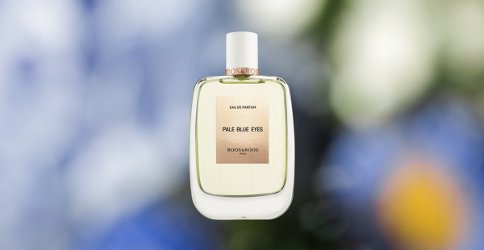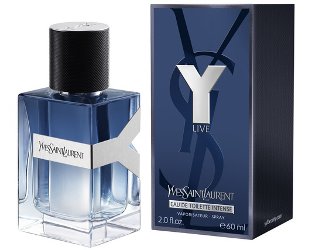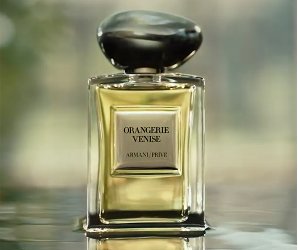
French niche line Roos & Roos (formerly known as Dear Rose) has launched Pale Blue Eyes, a new fragrance in the brand’s Originals Collection…
Posted by Robin on Leave a Comment

French niche line Roos & Roos (formerly known as Dear Rose) has launched Pale Blue Eyes, a new fragrance in the brand’s Originals Collection…
Posted by Robin on Leave a Comment
To go a bit deeper, we can do many things from orange trees. We can make an extraction from the peel of the fruit, called bigarade. And from this, we can have citrus oil, orange oil, bitter orange oil — I used it in the fragrance. From the flower, we can make a distillation of the flower and the oil of the orange flower, which is called neroli. It’s very light and very fresh. Neroli is a little bit greener but very fresh and very citrusy, even if it is a distillation from a flower. From the same flower, we can do a distillation from solvent called orange flower absolute. It’s very, very floral; even if it’s from the same part of the flower, it’s completely different from neroli oil. It’s much more floral and heavy. Another part that you can use from this tree is the distillation of the leaves, called petitgrain. It’s very, very green; it could be, to a certain extent, the greenest part of the neroli oil. From this, you have a lot of materials to use and make a composition. I used all these four products to work on the heart of the fragrance.
— Perfumer Dominique Ropion talks about Armani Privé Orangerie Venise. Read more in Armani Privé’s New Orangerie Venise Is the Haute Couture Gown of the Fragrance World at Allure.
Posted by Robin on 8 Comments

Yves Saint Laurent has launched Y Live, a new fragrance for men. Y Live is a flanker to 2017’s Y…
Posted by Robin on 7 Comments

Giorgio Armani will launch Orangerie Venise, a new fragrance in the Armani Privé fragrance range…
Posted by Robin on 5 Comments
Dominique Ropion and Frédéric Malle talk about Carnal Flower.